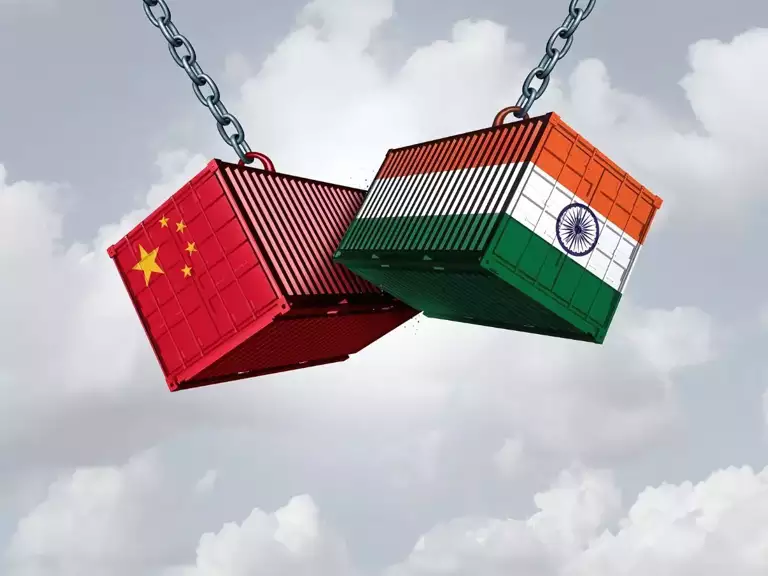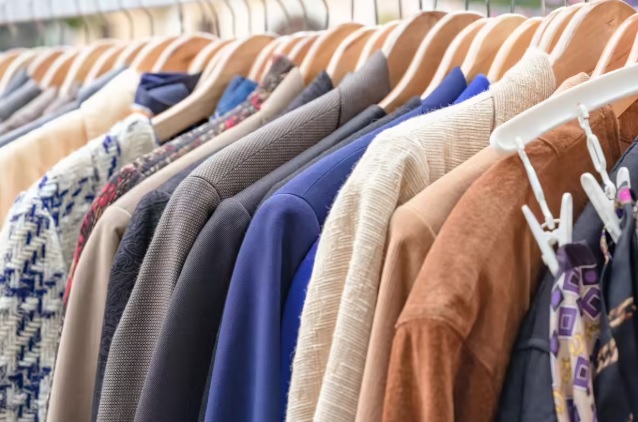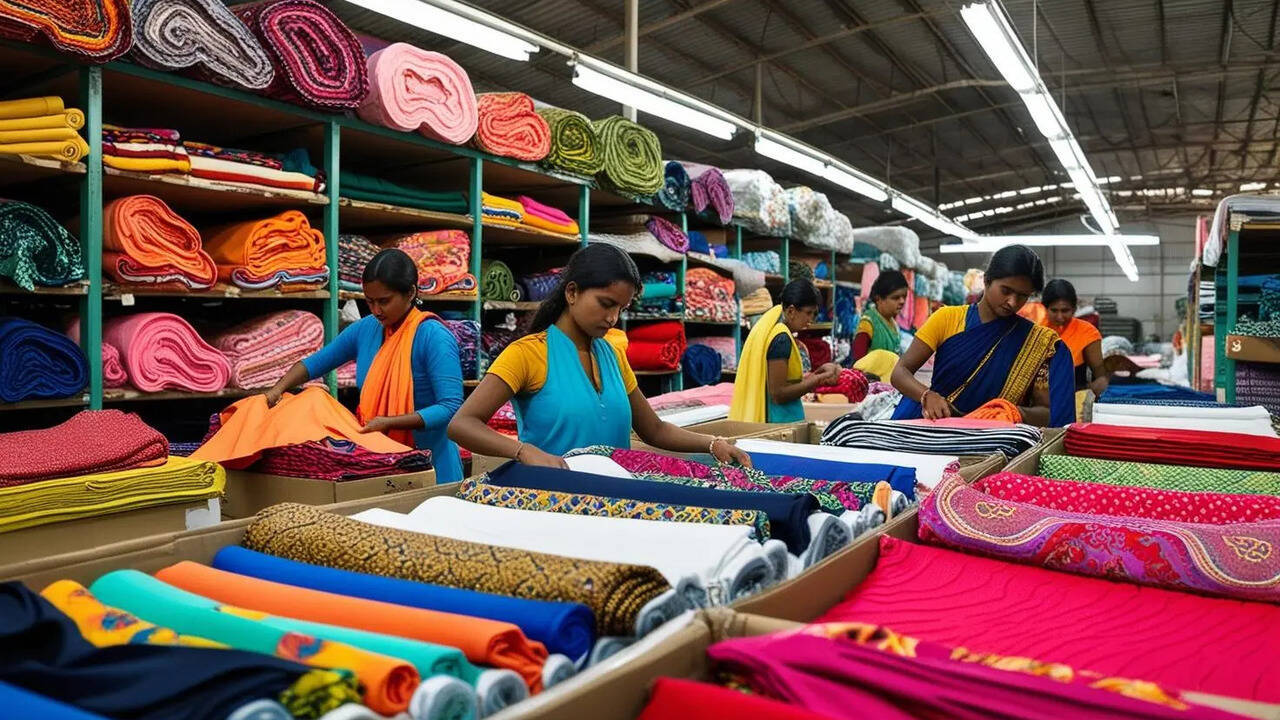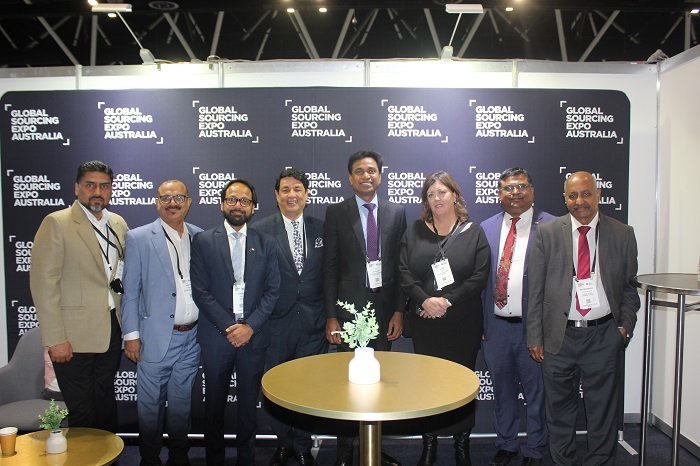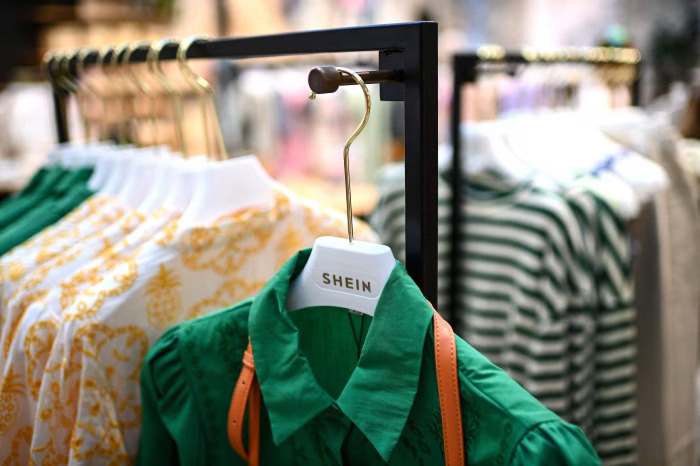Bangladesh has a plan to promote jute-based handloom industries in rural areas.
The idea is that these will be run mainly by women and contribute to their empowerment, one result of which would be enhanced exports to international markets. Also promoting jute-based handloom industries is seen as vital for enhancing exports of quality jute products and earning more foreign exchange.
Women would be trained in setting up jute-based cottage and handloom ventures. These entrepreneurs would be provided a package of services like marketing facilities and the necessary capital, support and the latest technologies for producing high valued, quality and diversified jute products.
Jute growing is particularly suited to the poor. Women figure particularly prominently across all levels of the jute industry – as farm laborers and mill workers, and as small businesswomen and employees making and selling jute products.
Known as the golden fiber jute has been traditionally cultivated in the Bengal delta for many years. Around 33 per cent of all jute comes from Bangladesh, making it the world’s second largest jute producer.
Bangladesh is the largest producer of raw jute or jute fiber in the world. Production of jute is highly labor-intensive, creating seasonal employment for 48,000 women on the land.



